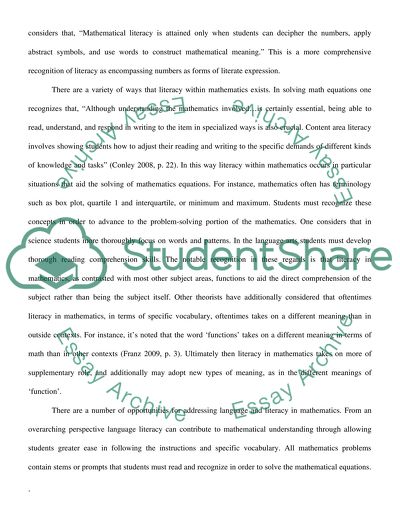Cite this document
(“Math Literacy Essay Example | Topics and Well Written Essays - 1250 words”, n.d.)
Retrieved from https://studentshare.org/mathematics/1458281-math-literacy
Retrieved from https://studentshare.org/mathematics/1458281-math-literacy
(Math Literacy Essay Example | Topics and Well Written Essays - 1250 Words)
https://studentshare.org/mathematics/1458281-math-literacy.
https://studentshare.org/mathematics/1458281-math-literacy.
“Math Literacy Essay Example | Topics and Well Written Essays - 1250 Words”, n.d. https://studentshare.org/mathematics/1458281-math-literacy.


